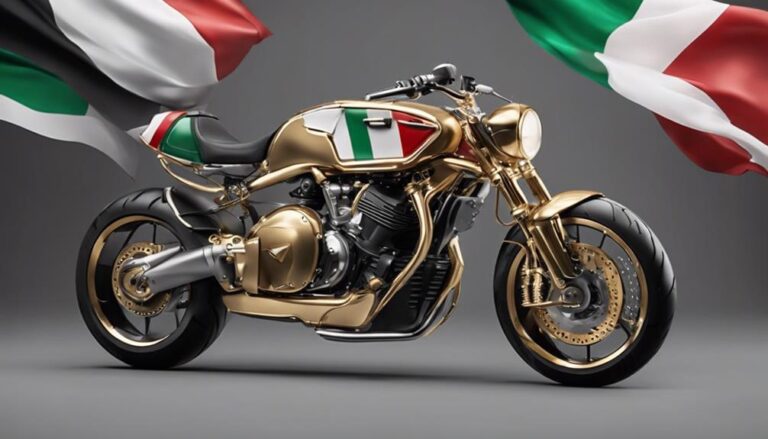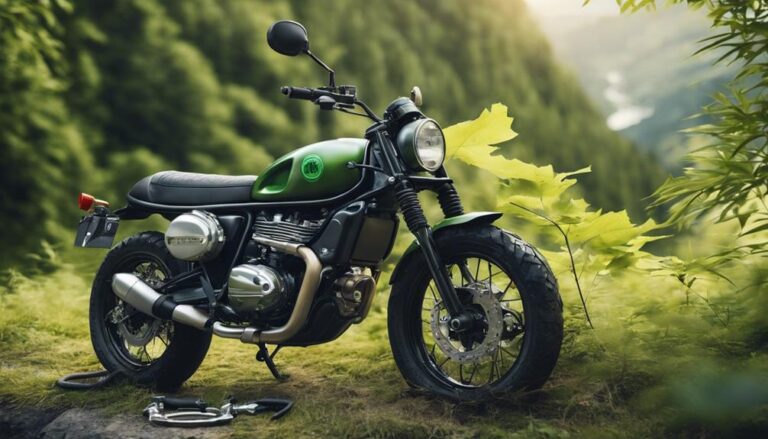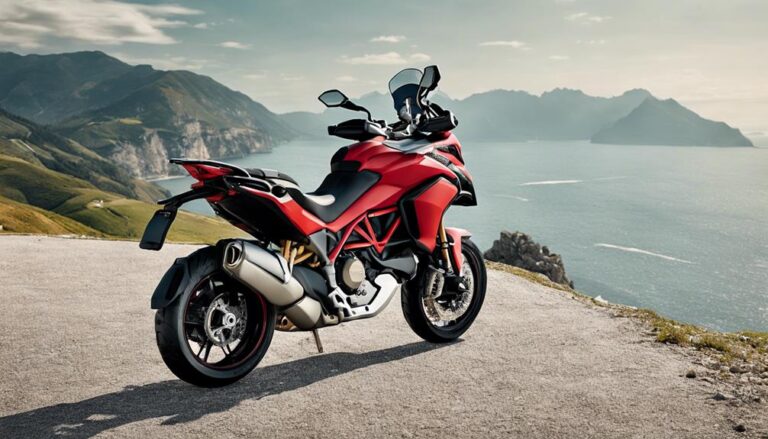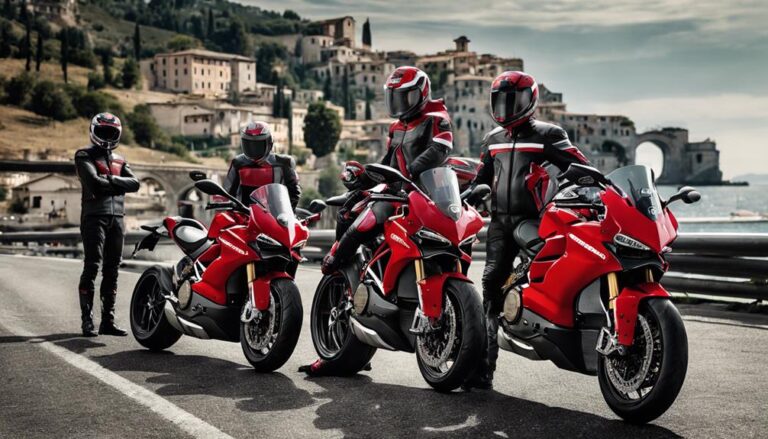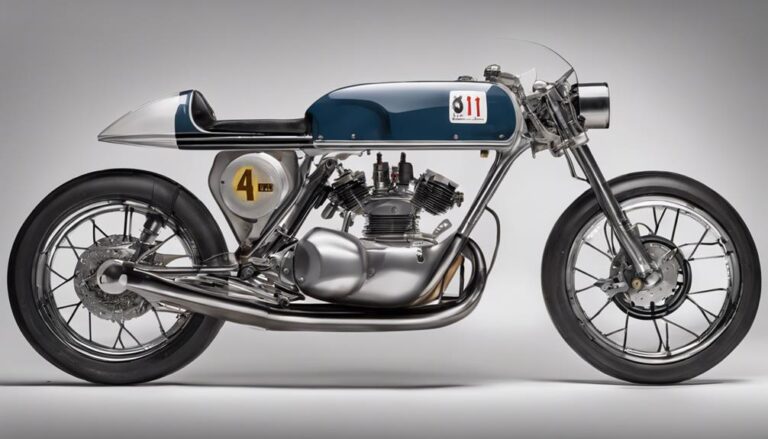Imagine you’ve just purchased your dream SuperSport, a first-generation Honda Insight, and you’re curious about the upkeep costs. From routine maintenance to unexpected repairs, you’re about to navigate the financial path of owning such a distinctive vehicle.
This journey might include battery and transmission replacements, which are notorious for their high costs, especially considering the differences between manual and CVT transmissions. Yet, there’s more beneath the surface, including how these expenses stack up against other models and the impact of power loss over time.
Stay with us as we uncover the top ten essential insights that will equip you with the knowledge to manage your SuperSport’s upkeep costs effectively, ensuring your ride remains both thrilling and financially manageable.
Contents
Initial Purchase Price
The initial purchase price of a Ducati SuperSport S sits at around $14,995, positioning it competitively against rivals like the Suzuki GSX-R 1000 and Kawasaki Ninja ZX-10R.
You’ll find that while the Ducati SuperSport S might seem pricey compared to some models, it strikes a balance between cost and performance that’s hard to beat. This affordability becomes even more apparent when you consider higher-end models like the Panigale V4, which come with a significantly steeper price tag.
The positive consumer response to the Ducati SuperSport S isn’t surprising, reflecting a shift in consumer preferences towards bikes that offer both performance and value.
In essence, the SuperSport S stands out as a model that successfully marries affordability with the high performance and quality Ducati is known for.
Routine Maintenance Costs
Understanding the routine maintenance costs for a SuperSport is crucial, as neglecting these can lead to significantly higher expenses down the line. Key aspects like oil changes, filter replacements, and brake pad inspections form the cornerstone of these costs.
Regularly checking and adjusting tire pressure, although essential, falls outside the primary focus of this discussion. Scheduled service intervals, influenced by mileage and usage, dictate the timing and extent of these tasks.
The bike’s age, riding conditions, and previous maintenance history further tailor the frequency and scope of necessary upkeep. Ignoring these routine tasks not only compromises performance and safety but also escalates repair costs over time.
Staying ahead of maintenance schedules is imperative for keeping your SuperSport in prime condition and ensuring longevity.
Tire Replacement Expenses
When considering the upkeep of your SuperSport S, factoring in tire replacement expenses is crucial due to the potential cost range of $200 to $400 per tire. High-performance tires, which are often more expensive than standard ones, are typically required for sport bikes like the SuperSport S.
The cost of tire replacement can vary widely, influenced by factors such as the brand, type of tire, and installation fees. Regularly checking the tire tread depth and condition is essential to avoid premature tire replacement, which can add up.
However, investing in quality tires that are suitable for your SuperSport S not only enhances its performance but also ensures your safety on the road, making it a worthwhile expense.
Engine Care Necessities
After covering tire replacement expenses, it’s vital to focus on engine care necessities to ensure your SuperSport S remains in peak condition.
Regular oil changes are the cornerstone of engine maintenance, crucial for maintaining engine health and performance. But it doesn’t stop there. Checking and replacing air filters can significantly improve fuel efficiency and extend the life of your engine.
Moreover, monitoring coolant levels and periodically flushing the system are key practices to prevent overheating and engine damage. Don’t overlook inspecting and replacing spark plugs at recommended intervals to ensure optimal ignition and combustion.
Lastly, addressing any unusual noises, vibrations, or warning lights without delay can save you from costly engine repairs down the line. Keeping these aspects in check will keep your SuperSport S running smoothly.
Insurance Premiums
Navigating the maze of insurance premiums for your Ducati SuperSport S, it’s crucial to consider variables such as your age, location, driving history, and chosen coverage levels to secure the best rate. Given the performance capabilities of sportbikes like the SuperSport S, you’ll find that insurance rates tend to be on the higher side. Opting for comprehensive coverage is wise, safeguarding against theft, vandalism, and incidents beyond collisions.
- Comprehensive Coverage: Essential for protection against non-collision incidents.
- Shopping Around: Comparing quotes can unveil competitive rates.
- Accidents and Violations: A clean driving record can significantly lower premiums.
Being aware of these factors and actively seeking the best deal can mitigate the sting of high insurance premiums, ensuring your SuperSport S is both protected and affordable to ride.
Fuel Consumption Rates
Understanding the fuel consumption rates of your Ducati SuperSport S is crucial, as it averages between 45-50 MPG, significantly influenced by your riding habits and the bike’s maintenance. Here’s a detailed breakdown:
| Factor | Impact on Fuel Consumption | Tips for Optimization |
|---|---|---|
| Riding Style | High | Smooth acceleration and deceleration |
| Terrain | Moderate | Plan routes efficiently |
| Maintenance | High | Regular check-ups |
| Highway vs. City | High | Prefer consistent speeds |
Fuel consumption varies; aggressive riding, frequent stops, and poor maintenance can drastically reduce efficiency. Conversely, smooth riding and regular tune-ups optimize performance. Monitoring these rates is vital for both performance tracking and early detection of issues. Remember, your Ducati’s fuel efficiency is directly tied to how you ride and care for it.
Accessory and Upgrade Prices
As you consider enhancing your SuperSport experience, it’s crucial to understand the financial implications of accessory upgrades and replacements.
Analyzing the range in costs—from performance brake pads at $50 to $100 per set to high-quality saddles at $50 to $150—provides a clear picture of the investment required for optimal performance and comfort.
This breakdown not only helps you budget more effectively but also ensures you’re making informed decisions about which upgrades offer the best value for your needs.
Upgrade Expense Overview
When considering upgrades for your SuperSport vehicle, it’s crucial to examine the costs associated with enhancing its performance and aesthetics through various accessories. The excitement of boosting your ride’s capabilities to mirror the prowess of legends like Valentino Rossi comes with its price tag. Here’s a closer look:
- Premium brake pads, vital for precise stopping power, can lighten your wallet by $50 to $100 per set.
- A high-quality suspension upgrade kit, enhancing handling and stability, ranges from $500 to $1500, a significant investment for improved control.
- Performance exhaust systems, crucial for optimal engine breathing and that aggressive sound, may cost you between $300 to $1000.
Upgrading your SuperSport isn’t just about the flair; it’s a substantial financial commitment aimed at elevating your driving experience to professional levels.
Accessory Cost Breakdown
Diving into the financials, the accessory cost breakdown for a Ducati SuperSport S reveals a range from $100 to $5000, depending on the upgrade or addition.
You’ll find that the average accessory costs hover between $100 to $500. However, if you’re eyeing a premium exhaust system, brace yourself for a spend between $800 and $2000.
High-performance brake upgrades won’t be cheap either, ranging from $500 to $1500. For those wanting to stand out with a custom paint job on their SuperSport S, it’s a $1000 to $3000 investment.
And if you’re considering the sleek look and improved aerodynamics of carbon fiber body kits, prepare your budget for an expense anywhere from $1000 to $5000.
Brake System Upkeep
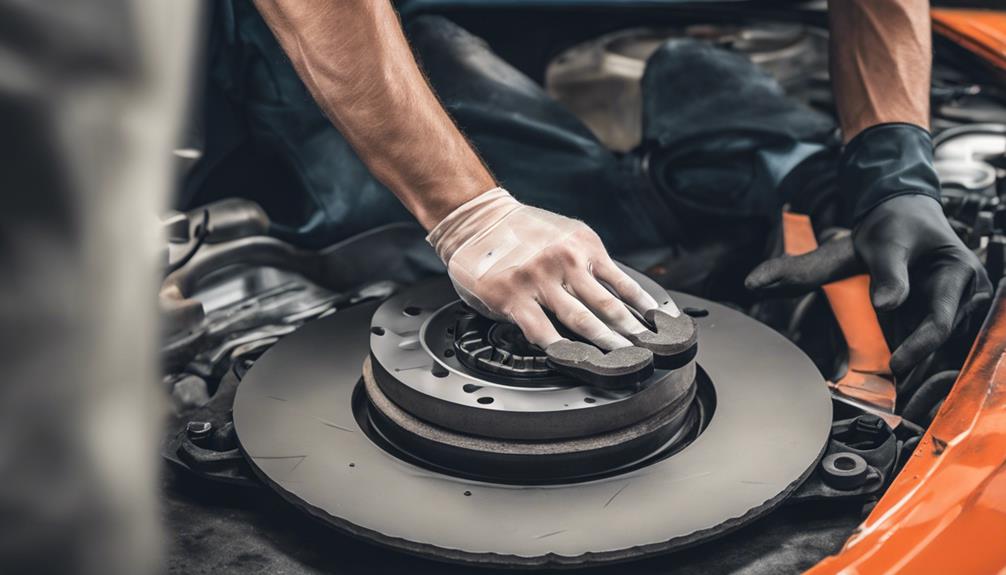
Keeping your brake system in top condition is crucial for ensuring your vehicle’s safety and performance on the road. Regular brake system inspections can save you from costly repairs down the line and keep your ride running smoothly.
It’s important to replace brake pads and rotors as your manufacturer recommends. Not only does this enhance your safety, but it also ensures your vehicle operates at peak efficiency.
- Replacing brake pads: Essential for maintaining optimal braking performance and safety.
- Bleeding brake lines: Keeps fluid levels and responsiveness at their best.
- Upgrading brake components: Invest in high-quality parts for improved stopping power and durability.
Depreciation Factors
When assessing the depreciation of your SuperSport, you must consider the model year and mileage as primary factors.
A newer model year often means slower depreciation, but high mileage can significantly speed up this process.
Understanding these elements provides clarity on how well your vehicle retains its value over time.
Model Year Impact
The model year of a SuperSport motorcycle significantly influences its depreciation rate, with newer models often losing value more rapidly due to factors like technological advancements and market demand shifts.
As you navigate your buying or selling decision, consider how the model year impact affects your investment.
- Technological Advancements: Each year, manufacturers introduce new features that can make older models seem outdated, influencing their resale value.
- Design Changes: Significant aesthetic updates can also depreciate the value of previous models as they no longer represent the latest design language.
- Market Demand: The desirability of certain model years can fluctuate based on consumer preferences, affecting their resale value over time.
Understanding these aspects can help you gauge the depreciation trajectory of a SuperSport motorcycle, ensuring you make an informed decision.
Mileage Influence
Building on the discussion of model year impact, it’s crucial to understand how mileage plays a pivotal role in the depreciation of a SuperSport motorcycle. Mileage significantly influences a bike’s resale value, with higher mileage often leading to increased wear and tear.
However, regular maintenance can mitigate these effects. Buyers always consider mileage when assessing a SuperSport’s long-term reliability and performance.
Here’s a glance at how mileage affects upkeep and value:
| Mileage Range | Impact on Value & Maintenance |
|---|---|
| Low (<10,000) | Minimal depreciation; lower maintenance costs |
| Medium (10,000-20,000) | Moderate depreciation; increased maintenance |
| High (>20,000) | Significant depreciation; higher maintenance costs |
| Very High (>30,000) | Drastic depreciation; substantial maintenance |
| Extreme (>50,000) | Lowest resale value; highest maintenance |
Understanding this relationship is key to budgeting for maintenance expenses effectively.
Unexpected Repair Costs
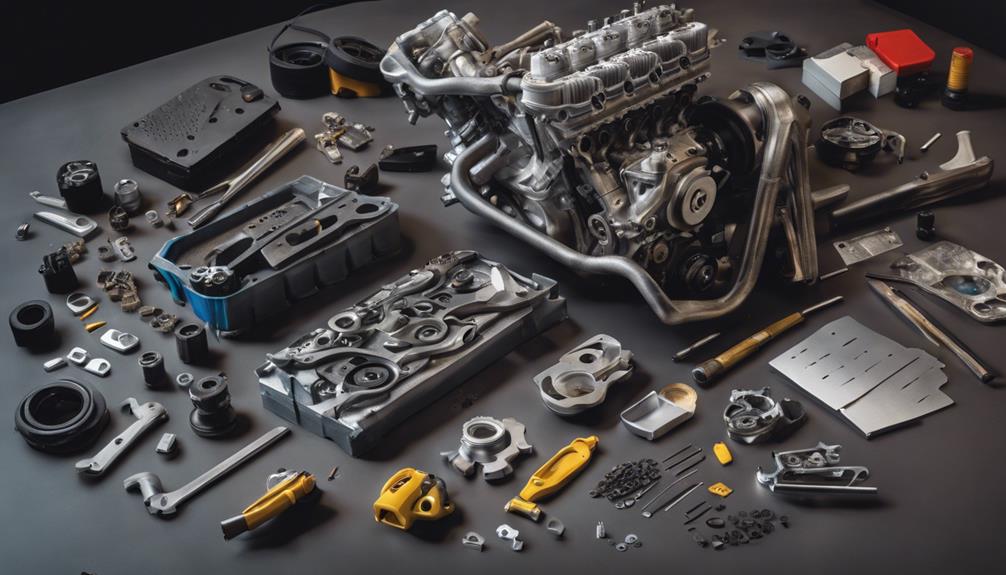
Owning a Ducati SuperSport S, you’ll likely face unexpected repair costs due to its specialized components and premium parts. The bike’s high-performance nature means that even minor issues can lead to significant expenses, especially involving its sophisticated design and technology.
- High labor charges: Specialized knowledge is required for maintenance, which can drive up costs.
- Costly parts: Replacing components like the Hlins front forks can be expensive due to their premium quality.
- Complex design: The bike’s intricate technology leads to unexpected issues that aren’t cheap to fix.
Understanding these potential expenses ahead of time can help you better prepare for the road ahead, ensuring your SuperSport S continues to perform at its peak without breaking the bank.
Conclusion
Owning a first-gen Honda Insight isn’t just about enjoying its eco-friendly ride; it’s also about smartly managing your upkeep costs.
From the get-go, you’ll face expenses ranging from the initial buy to regular maintenance, with potential surprises like battery and transmission issues. Don’t overlook tire, engine, and brake maintenance, and remember, accessories can add up.
While insurance and depreciation affect your wallet, understanding these costs ensures your Insight remains an efficient, performance-driven investment.

